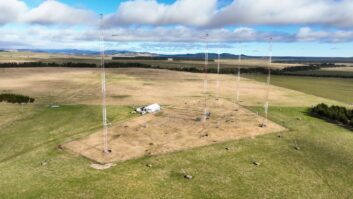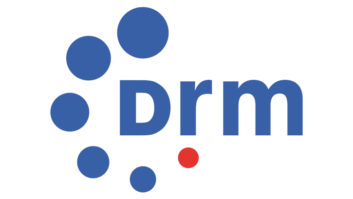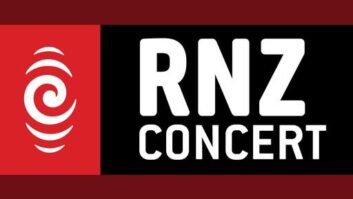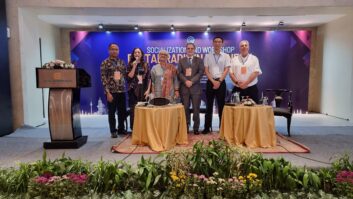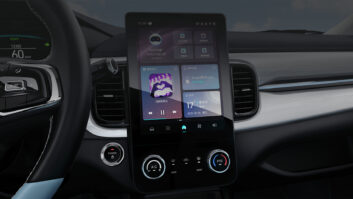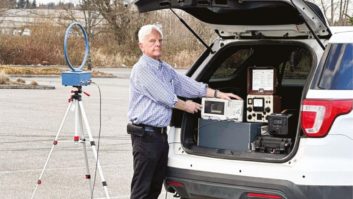RANGITAIKI, New Zealand — Radio New Zealand Pacific, the official international arm of Radio New Zealand, is using Digital Radio Mondiale digital radio transmission/reception equipment to feed studio-quality audio to some of its 20 relay stations in the Pacific Ocean region. The others use satellite feeds or web downloads.
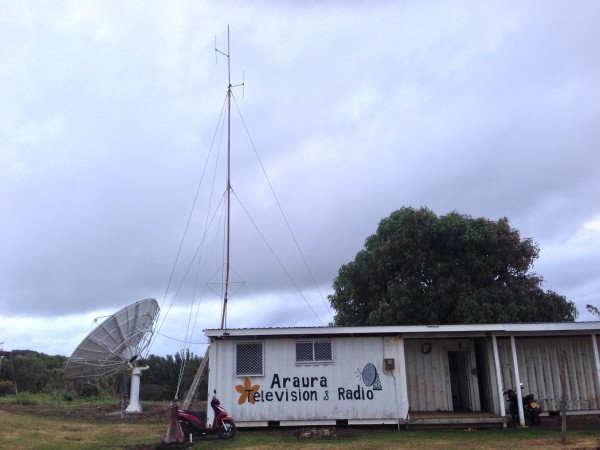
The locations being served by DRM include the Cook Islands, where RNZ Pacific’s programs are rebroadcast locally in analog mode by Aitutaki 88FM, the islands’ only broadcaster. RNZ Pacific also serves Tonga, Samoa, and the Solomon Islands using DRM; among others. Previously, RNZ Pacific had fed its relays using analog AM shortwave radio, with that transmission mode’s limited audio range and interference issues.
“When DRM became available to us in 2005, we saw it as a great opportunity to provide high quality audio to Pacific radio stations that relayed our news broadcasts from our AM transmitter,” said RNZ Pacific’s Technical Manager Adrian Sainsbury. “As a platform to deliver good quality audio to remote island FM stations, it has been a great success.”
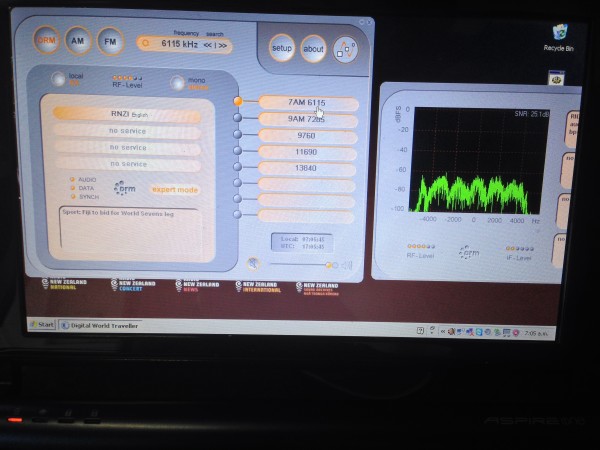
To do the job, RNZ Pacific uses a 100 kW Thomson Broadcast AM shortwave/DRM analog/digital transmitter at its Rangitaiki transmission/antenna site; which is located 41 km east of Taupo in the center of New Zealand’s North Island. The international broadcaster has been doing so since 2016, when it shut down a legacy 100 kW analog AM shortwave transmitter (now retained as a backup), and split RNZ Pacific’s broadcast schedule between AM shortwave transmissions direct to listeners, and DRM transmissions direct to relay stations.
At the receiving end, each of RNZ Pacific’s relay stations is equipped with a laptop computer, a DRM software receiver, and an outdoor loop antenna to receive and decode the DRM broadcasts. The content is then retransmitted locally by these stations in analog FM.
[Read: The Potential of DRM Datacasting]
“Radio New Zealand is unique in using DRM to distribute its content to the Pacific islands,” said DRM Consortium Chairperson Ruxandra Obreja. “They are using DRM’s properties as an energy-efficient, green way of carrying the signal over large areas and then reconverting it to analog, so that the population of often-sparsely populated islands can get RNZ Pacific content on their FM receivers.
At the same time, the few people in this vast area of the world that have digital radios can get these digital transmissions directly.” So can distant listeners to RNZ Pacific’s service — which is carried by shortwave in AM and DRM to Asia, Europe and North America — who have their own DRM-capable receivers.
“The potential of the RNZ Pacific DRM distribution solution is immense as a way to transition from analog to digital,” Obreja added. “This solution has been presented and generated quite a lot of interest in Africa, where many communities are at large distances from the capital or from each other.”
